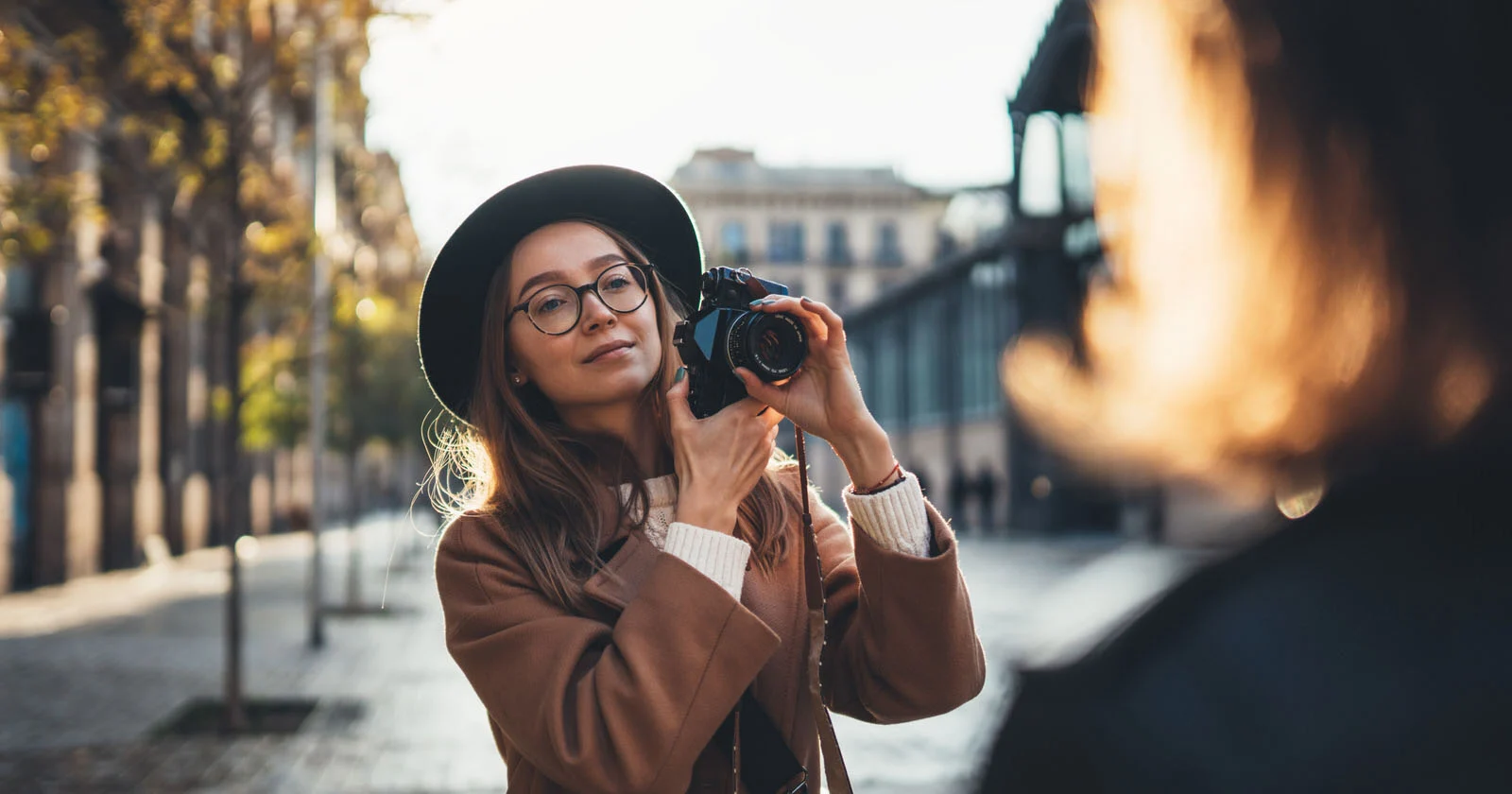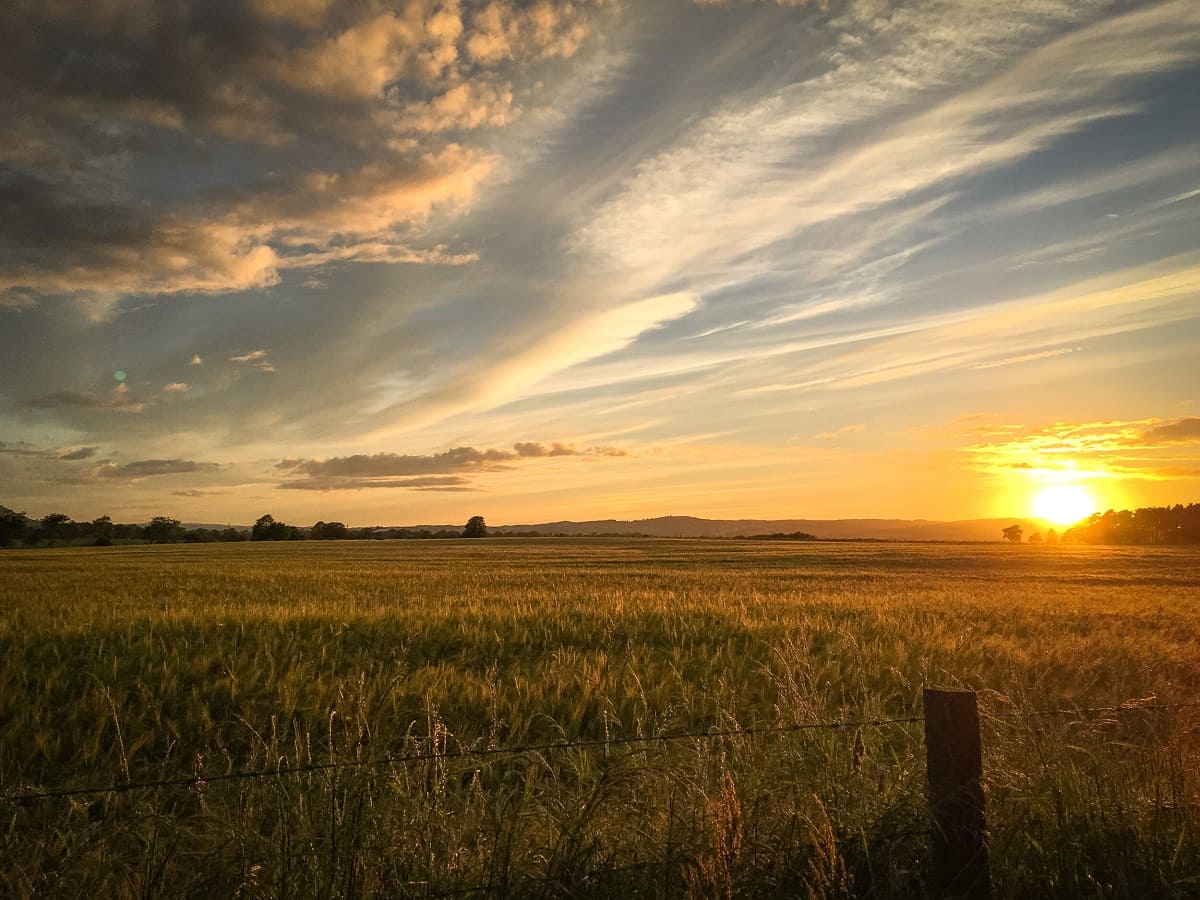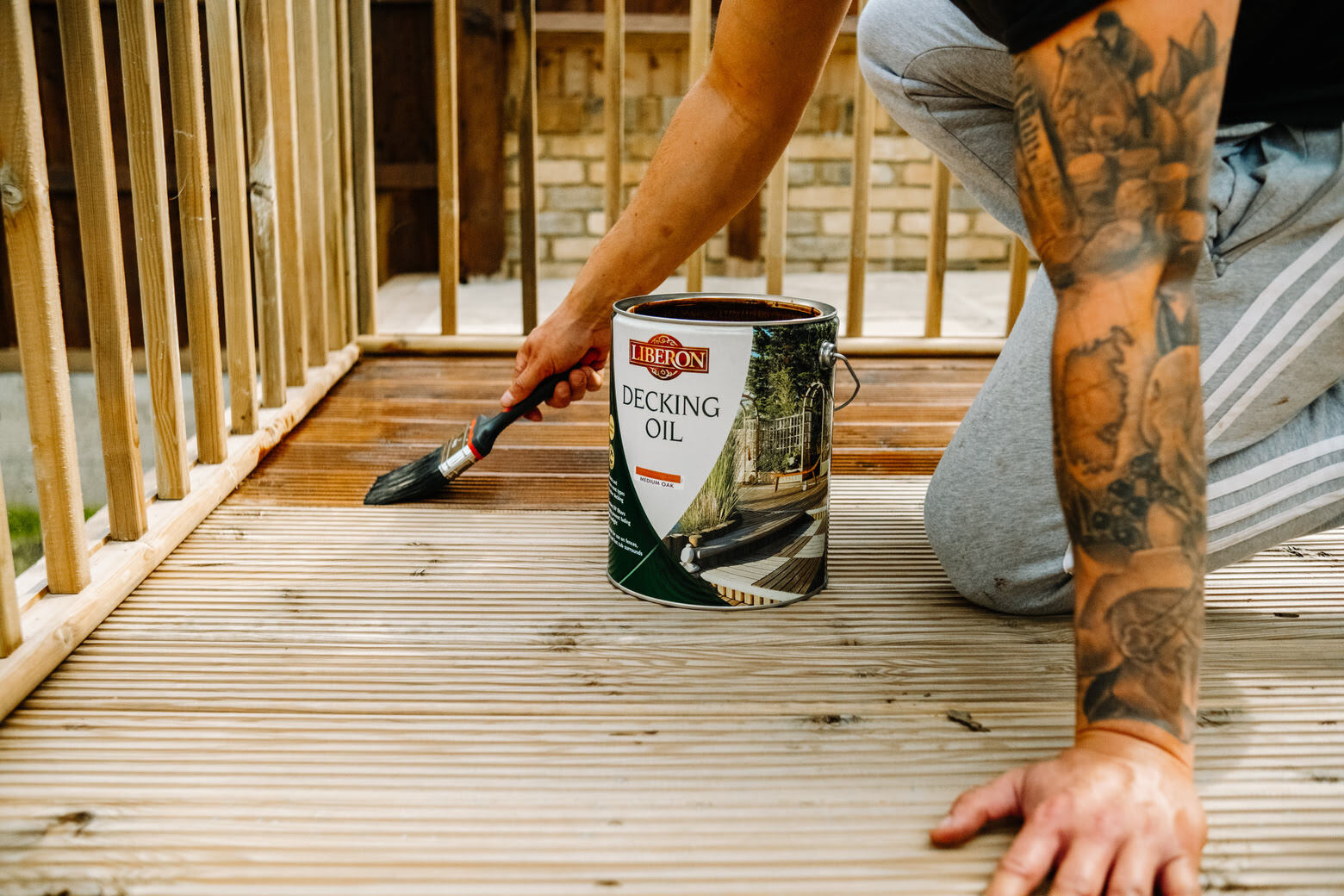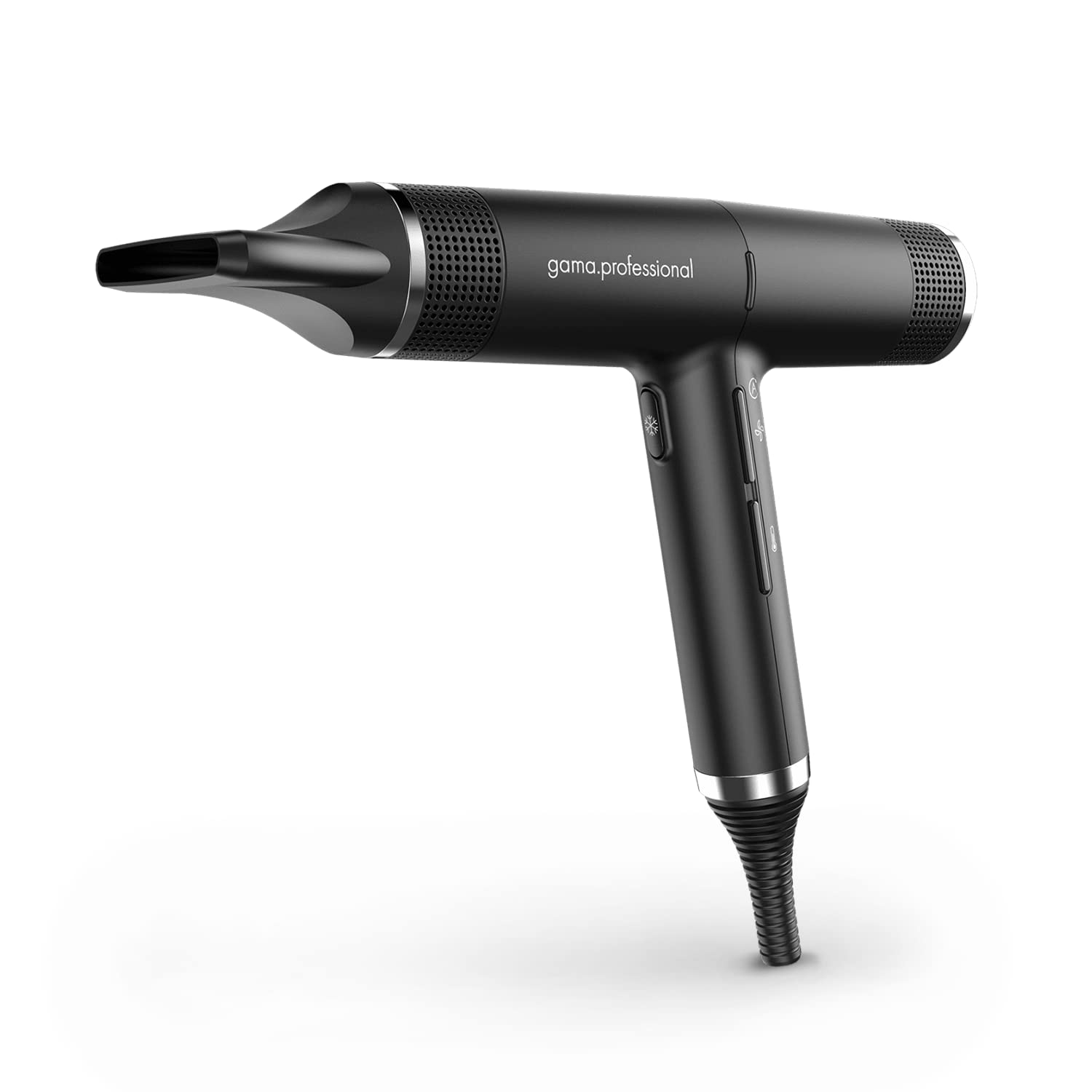Home>Furniture & Design>Outdoor Furniture>How To Take Professional Outdoor Portraits


Outdoor Furniture
How To Take Professional Outdoor Portraits
Modified: October 27, 2024
Learn how to capture stunning outdoor portraits with our expert tips and techniques. Elevate your outdoor furniture photography and design skills today.
(Many of the links in this article redirect to a specific reviewed product. Your purchase of these products through affiliate links helps to generate commission for Storables.com, at no extra cost. Learn more)
Introduction
Welcome to the world of outdoor portrait photography, where the beauty of nature serves as the perfect backdrop for capturing stunning, natural-looking images. Whether you’re a professional photographer or an enthusiast looking to improve your outdoor portrait skills, this comprehensive guide will equip you with the knowledge and techniques needed to take professional outdoor portraits.
Outdoor portraits offer a unique opportunity to incorporate the splendor of the natural world into your photography. The interplay of natural light, the vibrant colors of the surroundings, and the diverse textures of the outdoor environment all contribute to creating visually captivating portraits that stand out from traditional studio shots.
In this guide, we will delve into the essential aspects of outdoor portrait photography, from selecting the ideal location and understanding lighting to choosing the right equipment and directing your subject. We’ll explore the nuances of composition and framing, as well as the post-processing techniques that can elevate your outdoor portraits to new heights of professionalism.
Whether you’re photographing individuals, couples, families, or even pets, the insights and tips provided in this guide will help you unleash your creativity and capture compelling outdoor portraits that resonate with emotion and authenticity.
So, grab your camera, step into the great outdoors, and let’s embark on a journey to master the art of taking professional outdoor portraits.
Key Takeaways:
- Embrace the natural beauty: Outdoor portrait photography captures genuine emotions in stunning natural settings, utilizing diverse locations and lighting for visually captivating images.
- Connect and create: Through thoughtful direction and editing, outdoor portraits become timeless reflections of human spirit and nature, weaving visual tales that resonate with authenticity and depth.
Choosing the Right Location
When it comes to outdoor portrait photography, the location you choose plays a pivotal role in setting the tone and visual impact of your images. The right location can enhance the mood, complement your subject, and add depth to the narrative within the frame. Here are essential considerations for selecting the perfect outdoor portrait location:
- Scouting for Diversity: Look for locations that offer a variety of backdrops, such as lush greenery, architectural elements, water features, and open fields. Diversity in the surroundings provides you with multiple options for composing captivating portraits.
- Natural Light Conditions: Consider the quality and direction of natural light in the chosen location. Seek areas with diffused lighting, such as shaded spots or overcast skies, to minimize harsh shadows and create a flattering illumination for your subjects.
- Reflective Surfaces: Locations with reflective surfaces, such as lakes, rivers, or urban environments with glass buildings, can add an interesting dimension to your portraits by incorporating reflections into the composition.
- Seasonal Influence: Take into account the seasonal changes that can transform the appearance of your chosen location. Whether it’s the vibrant colors of autumn foliage or the blooming flowers of spring, each season offers distinct visual opportunities for outdoor portraits.
- Accessibility and Comfort: Ensure that the chosen location is easily accessible and provides a comfortable environment for both you and your subjects. Consider factors such as seating areas, shelter from the elements, and proximity to amenities.
By carefully considering these factors, you can identify locations that not only complement your subject’s personality and style but also inspire creativity in your outdoor portrait photography. The right location sets the stage for compelling visual storytelling and serves as a canvas for your artistic vision.
Understanding Lighting
Lighting is a fundamental element that profoundly influences the mood, atmosphere, and visual appeal of outdoor portraits. Mastering the art of working with natural light is essential for capturing captivating outdoor images. Here’s a comprehensive overview of key lighting considerations for outdoor portrait photography:
- Golden Hour Magic: The golden hour, occurring during the first and last hours of sunlight, bathes the surroundings in a warm, diffused light that is incredibly flattering for portraits. Take advantage of this magical time of day to infuse your outdoor portraits with a soft, ethereal glow.
- Avoiding Harsh Midday Sun: Direct overhead sunlight during midday can cast unflattering shadows and create harsh contrasts in your portraits. If shooting during this time is unavoidable, seek out shaded areas or use diffusers and reflectors to soften the light on your subjects.
- Utilizing Cloud Cover: Overcast skies act as a natural diffuser, creating soft and even lighting that is ideal for outdoor portraits. Embrace the subtle, ambient light provided by cloud cover to achieve a gentle, flattering illumination for your subjects.
- Backlighting for Impact: Experiment with backlighting to create striking silhouettes or to add a luminous halo effect around your subjects. Positioning your subject against the light can yield visually compelling results, especially during the golden hour.
- Understanding White Balance: Pay attention to the color temperature of natural light and adjust your camera’s white balance settings accordingly. This ensures that the colors in your portraits appear true to life and convey the intended mood and atmosphere.
By developing a keen understanding of how natural light behaves in different outdoor settings, you can harness its transformative power to elevate your outdoor portraits. Whether it’s the warm, golden hues of sunset or the soft, even light of an overcast day, the nuances of natural lighting can be harnessed to create evocative and visually stunning outdoor portraits.
Selecting the Right Equipment
Equipping yourself with the appropriate gear is crucial for achieving professional results in outdoor portrait photography. From cameras and lenses to essential accessories, the right equipment can enhance your creative capabilities and ensure that you’re prepared to capture stunning outdoor portraits. Here’s a guide to selecting the essential equipment for outdoor portrait photography:
- Camera and Lens Selection: Opt for a DSLR or mirrorless camera with manual controls to have the flexibility to adjust settings based on the outdoor lighting conditions. A versatile portrait lens, such as a prime lens with a wide aperture (e.g., 50mm f/1.8), can deliver beautiful bokeh and sharp subject focus.
- Consideration of Weather Sealing: If you anticipate shooting in various outdoor environments, investing in weather-sealed camera bodies and lenses can provide added protection against the elements, ensuring that your gear remains functional in challenging conditions.
- Use of Reflectors and Diffusers: Portable reflectors and diffusers are invaluable tools for manipulating natural light during outdoor portrait sessions. They allow you to fill in shadows, soften harsh sunlight, and create flattering lighting effects on your subjects.
- Sturdy Tripod for Stability: A reliable tripod is essential for maintaining stability and precision when shooting outdoor portraits, especially in low-light conditions or when using slower shutter speeds. Look for a lightweight yet sturdy tripod that is easy to transport to different outdoor locations.
- Battery Power and Memory Cards: Ensure that you have spare camera batteries and ample memory card storage to avoid interruptions during extended outdoor portrait sessions. Being prepared with backup power and storage ensures that you can focus on capturing memorable moments without any technical constraints.
By carefully selecting and preparing your equipment for outdoor portrait photography, you can confidently approach each session knowing that you have the tools needed to unleash your creativity and produce professional-quality images. The right gear not only empowers you to overcome technical challenges but also allows you to fully immerse yourself in the art of capturing compelling outdoor portraits.
When taking professional outdoor portraits, use natural light to your advantage. Position your subject so the light is flattering, such as during golden hour. Avoid harsh midday sun to prevent unflattering shadows.
Posing and Directing Your Subject
Guiding and directing your subjects during outdoor portrait sessions is pivotal in capturing natural, authentic, and visually engaging images. Effective posing and direction can evoke genuine emotions, convey narratives, and highlight the unique personalities of your subjects. Here are essential tips for posing and directing your subjects during outdoor portrait sessions:
- Establishing a Connection: Before diving into the technical aspects of posing, take the time to build rapport and establish a comfortable, relaxed atmosphere with your subjects. A genuine connection fosters trust and allows their authentic personalities to shine through in the photographs.
- Encouraging Natural Movement: Instead of rigid, static poses, encourage your subjects to engage in natural movements and interactions. Prompt them to walk, laugh, or engage in activities that reflect their personality, creating dynamic and candid moments that exude authenticity.
- Embracing the Environment: Incorporate the surrounding environment into the poses and interactions. Encourage your subjects to interact with nature, whether it’s leaning against a tree, walking through a field, or gazing at the horizon, to create a harmonious blend of human subjects and the outdoor landscape.
- Emphasizing Facial Expressions: Guide your subjects to convey genuine emotions through their facial expressions. Whether it’s a genuine smile, a contemplative gaze, or a playful expression, authentic emotions add depth and resonance to the portraits, forging a meaningful connection with the viewer.
- Providing Gentle Guidance: Offer gentle, clear instructions and demonstrations to guide your subjects into natural and flattering poses. Avoid overwhelming them with complex directions, and instead, focus on eliciting organic and relaxed postures that complement their individual characteristics.
By skillfully directing and posing your subjects, you can capture outdoor portraits that transcend mere visual representation, embodying the unique essence and emotions of the individuals in the frame. Through thoughtful guidance and a collaborative approach, you can create compelling outdoor portraits that resonate with authenticity and emotional depth.
Read more: How To Make A Portrait Quilt
Composition and Framing
Mastering composition and framing is essential for creating visually compelling outdoor portraits that captivate the viewer’s attention and convey a sense of narrative and emotion. Thoughtful composition allows you to harmoniously blend your subject with the surrounding environment, resulting in images that resonate with depth and visual impact. Here are key considerations for composition and framing in outdoor portrait photography:
- Rule of Thirds and Leading Lines: Utilize the rule of thirds to create balanced and visually engaging compositions. Position your subject off-center, aligning them with the intersecting points of the grid, and incorporate leading lines within the environment to draw the viewer’s gaze towards the subject.
- Environmental Integration: Embrace the outdoor setting as an integral part of the composition. Frame your subjects within the context of the natural surroundings, utilizing elements such as foliage, architecture, or open vistas to add depth and context to the portraits.
- Varying Perspectives: Experiment with different perspectives and angles to infuse creativity into your compositions. Whether it’s shooting from a low angle to emphasize the grandeur of the surroundings or capturing aerial perspectives for a unique vantage point, diverse perspectives can add visual interest to your outdoor portraits.
- Negative Space and Depth: Embrace negative space to create a sense of balance and visual breathing room within the composition. Additionally, strive to convey a sense of depth by incorporating foreground elements, such as foliage or natural frames, to add dimension and immersion to the outdoor portraits.
- Emotional Impact and Storytelling: Consider how the composition can convey a narrative or evoke emotions. Whether it’s capturing intimate moments between subjects, emphasizing the vastness of the outdoor landscape, or highlighting subtle details within the environment, each compositional choice should contribute to the overall storytelling of the portrait.
By honing your skills in composition and framing, you can elevate your outdoor portrait photography to new heights, creating images that not only showcase your subjects but also immerse the viewer in a visual narrative that resonates with emotion and authenticity.
Editing and Retouching Techniques
Post-processing plays a crucial role in refining and enhancing outdoor portraits, allowing you to fine-tune the visual elements and evoke a specific mood or aesthetic. From color adjustments to subtle retouching, mastering editing techniques can elevate your outdoor portraits to a professional standard. Here’s a comprehensive guide to editing and retouching outdoor portraits:
- Color Correction and White Balance: Begin by adjusting the overall color balance and white balance to ensure that the tones in your outdoor portraits accurately reflect the natural lighting conditions and convey the intended mood and atmosphere.
- Enhancement of Details and Textures: Utilize sharpening and clarity adjustments to enhance the fine details and textures within the outdoor environment, such as foliage, clothing textures, or architectural elements, adding depth and visual interest to the portraits.
- Skin Retouching and Portrait Enhancement: Apply subtle skin retouching techniques to achieve a natural, polished look for your subjects. Soften skin imperfections, reduce blemishes, and enhance facial features while maintaining a natural and authentic appearance.
- Selective Dodging and Burning: Implement selective dodging and burning to subtly sculpt the lighting and shadows within the portrait. This technique allows you to emphasize specific areas, such as facial features or focal points, while adding dimension and depth to the overall composition.
- Tonal Adjustments and Color Grading: Fine-tune the tonal range and color palette to evoke a specific mood or aesthetic. Experiment with color grading to infuse your outdoor portraits with a distinct visual style, whether it’s enhancing warm, golden tones during sunset or creating a cool, ethereal ambiance in overcast settings.
By applying these editing and retouching techniques with precision and restraint, you can refine your outdoor portraits while preserving the natural authenticity and emotional resonance of the original images. Post-processing serves as a creative tool to elevate the visual impact of your outdoor portraits, allowing you to convey your artistic vision with finesse and professionalism.
Conclusion
Congratulations on embarking on a journey to master the art of capturing professional outdoor portraits. Throughout this comprehensive guide, we’ve delved into the essential elements and techniques that contribute to creating captivating and visually stunning outdoor portraits.
From choosing the right location and harnessing the transformative power of natural lighting to skillfully directing your subjects and refining the images through editing, each step in the process plays a vital role in shaping the narrative and visual impact of your outdoor portraits.
As you venture into the great outdoors with your camera in hand, remember that outdoor portrait photography is not just about capturing images; it’s about encapsulating the emotions, stories, and connections that unfold within the natural landscape. It’s about finding the perfect balance between the subject and their environment, weaving a visual tale that resonates with authenticity and depth.
Whether you’re photographing individuals, couples, families, or even pets, the insights and techniques shared in this guide provide you with the tools to unleash your creativity and capture compelling outdoor portraits that stand out with professionalism and artistry.
So, as you venture forth into the boundless beauty of outdoor settings, let your passion for photography intertwine with the splendor of nature, and may your outdoor portraits serve as timeless reflections of the human spirit and the wondrous world that surrounds us.
Embrace the challenges and joys of outdoor portrait photography, and may each click of the shutter unveil moments of genuine emotion, connection, and visual poetry. Now, go forth and capture the breathtaking beauty of the world through the lens of your creativity and passion.
Frequently Asked Questions about How To Take Professional Outdoor Portraits
Was this page helpful?
At Storables.com, we guarantee accurate and reliable information. Our content, validated by Expert Board Contributors, is crafted following stringent Editorial Policies. We're committed to providing you with well-researched, expert-backed insights for all your informational needs.















0 thoughts on “How To Take Professional Outdoor Portraits”